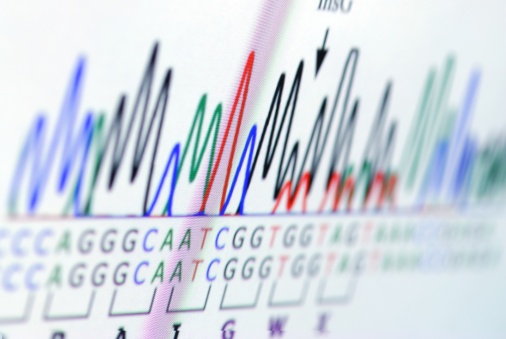Why learn to manage genomic information, navigate biological databases, perform sequence analysis, and carry out comparative analysis?
The short answer: This is an area of job growth.
 Advances in DNA sequencing technology have lead to the creation of enormous data sets and databases containing a wealth of information about species of interest and individuals within a species (Humans). For example, Next Generation Sequencing (NGS) is rapidly becoming a reality in modern medicine. Many scientists predict the $1,000 genome is nearly here, and when that happens a person's genome will be a common feature of their medical file. The industry will need Lab Technicians to run the assays, Bioinformatics Technicians to process the data, Health Informatics Analysts to manage the wealth of patient data, and the list goes on. Each of the people filling these jobs needs an understanding of how the data is produced, managed, and potentially applied in the real world. Below you will find two articles to read. These articles were selected to give you a taste of how data is produced and how it will potentially be used. (QUIZ IN BB)
Advances in DNA sequencing technology have lead to the creation of enormous data sets and databases containing a wealth of information about species of interest and individuals within a species (Humans). For example, Next Generation Sequencing (NGS) is rapidly becoming a reality in modern medicine. Many scientists predict the $1,000 genome is nearly here, and when that happens a person's genome will be a common feature of their medical file. The industry will need Lab Technicians to run the assays, Bioinformatics Technicians to process the data, Health Informatics Analysts to manage the wealth of patient data, and the list goes on. Each of the people filling these jobs needs an understanding of how the data is produced, managed, and potentially applied in the real world. Below you will find two articles to read. These articles were selected to give you a taste of how data is produced and how it will potentially be used. (QUIZ IN BB)
-
Cost of Gene Sequencing Falls, Raising Hopes for Medical Advances - NY Times
-
High-throughput sequencing for biology and medicine -- Review article
New to Bioinformatics, Sequence Analysis, Computational Biology?
Bioinformatics is an interdisciplinary field that creates and refines methods for generating, storing and managing, and analyzing biological data. People enter this field of study/work from many backgrounds, inlcuding genetics, molecular biology, computer science, physics, and mathematics. Therefore, teams of Bioinformaticists use priniciples from engineering, math, physics, and computer science to address and process biological data. Read the chapter "Introduction to Bioinformatics" from the book Bioinformatic Technologies. This chapter offers a brief overview of bioinformatics, the tools and databases used during analysis, and some common applications of bioinformatics. Additionally, read the chapter "Genomics and Potential Downstream Applications in the Developing World" from the book Genomics Applications for the Developing World to gain more insight into the potential applications of bioinformatics and computational biology in the developing world. Keep in mind that although this chapter focuses on the developing world, the themes presented are applicable world-wide. The book chapters listed below from Genomics Applications for the Developing World describe very interesting and medically significant fields of science that capitalize on bioinformatics and computationl biology methods. These book chapters may help guide your article selection in Assignment 2.1.

